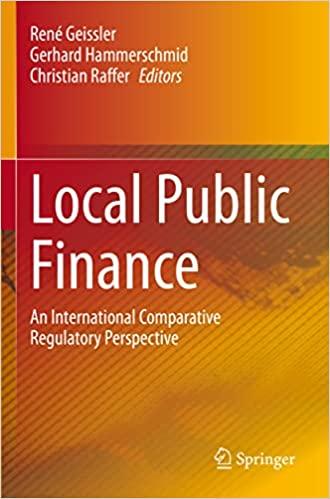At the end of Year 5, a fictitious firm Taxpert Solutions, Inc. (Taxpert) has total assets of $555, 443, long-term debt of $1, 839, and common equity at book value of $402, 759 (amounts in thousands). Suppose an equity buyout group is planning to acquire Taxpert in an LBO as of the beginning of Year 6. The equity buyout group plans to finance the buyout with 60% debt that has an interest cost of 10% per year and 40% common equity. Analysts for the buyout group project free cash flows to all debt and equity capital stakeholders as follows (in thousands): Year 6, $52, 300: Year 7, $54, 915: Year 8, $57, 112: Year 9, $59, 396: and Year 10, $62, 366. Because Taxpert is not a publicly traded firm, it does not have a market equity beta. The company most comparable to Taxpert is Taxfacts. Taxfacts has an equity beta of 0.9. The market value of Taxfacts's debt is $370 thousand, and its common equity is $4, 500 thousand. Assume an income tax rate of 35% throughout this problem. This problem sets forth the steps you might follow in valuing an LBO candidate. REQUIRED a. Compute the unlevered market equity (asset) beta of Taxfacts. b. Assuming that the unlevered market equity beta of Taxfacts is appropriate for Taxpert, compute the equity beta of Taxpert after the buyout with its new capital structure. c. Compute the weighted-average cost of capital of Taxpert after the buyout. Assume a risk-free interest rate of 3.0% and a market risk premium of 60%. d. The analysts at the buyout firm project that free cash flows for all debt and equity capital stakeholders of Taxpert will increase 4.0% each year after Year 10. Compute the present value of the free cash flows at the weighted-average cost of capital. Ignore the midyear adjustment related to the assumption that cash flows occur, on average, over the year. In computing the continuing value, apply the 4.0% projected growth rate directly to the free cash flows of Year 10. e. Assume that the buyout group acquires Taxpert for the value determined in Requirement d. Assuming that actual free cash flows to all debt and equity capital stakeholders coincide with projections, will Taxpert generate sufficient cash flow each year to service the debt? Explain







